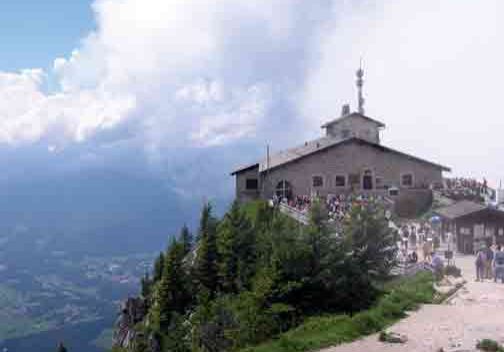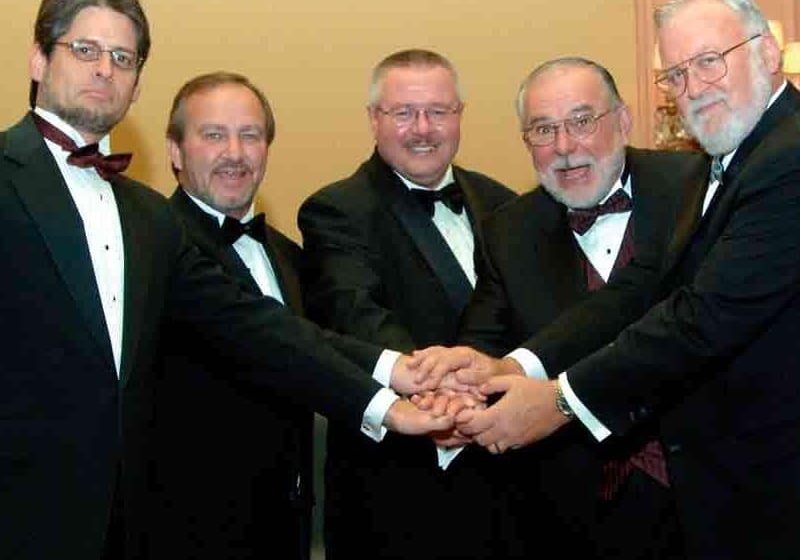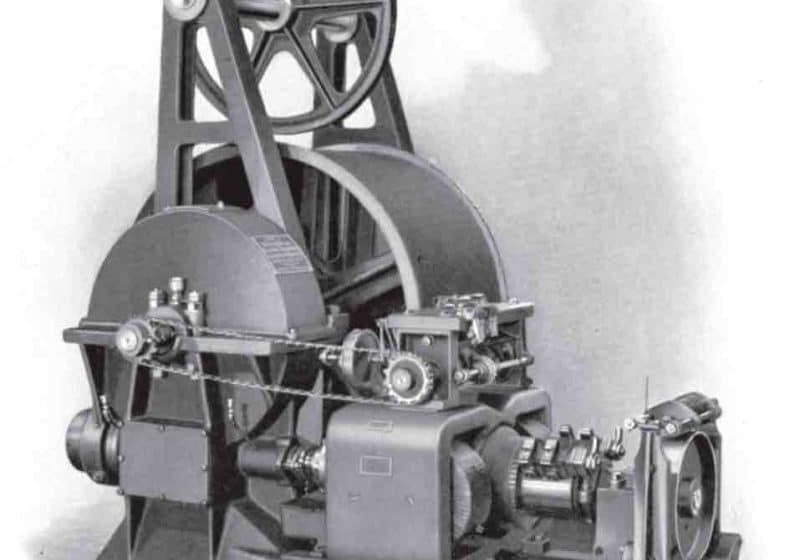Our cover story this month is on the centerpiece structure that was recently topped out at the World Trade Center (WTC) site in New York City (NYC), which is now known as One WTC. The report on this iconic building was compiled from information I received during and after a number of site visits I made earlier this year to see the progress on the installation of the elevators and escalators by ThyssenKrupp Elevator. As you will see in my report, this project means a lot to me as I had a lot of sweat equity invested in the original buildings that occupied the WTC site. Soon after they were destroyed on 9/11, I was anxious to see the site rebuilt to its former glory. Therefore, I was excited to accept ThyssenKrupp Elevator’s invitation to tour One WTC to see the rebuilding process of what will eventually be the tallest building in North America.
The rebuilding of the WTC site means a lot to many native New Yorkers, no matter where they now reside, especially those of us who worked on the original WTC buildings during the 1960s and 1970s. All of us have stories to tell of the experiences we had in and around the WTC area of “The City” (as we call it). When I mentioned my involvement in the project earlier this year, one of my dearest friends sent us a letter in which he described the work he had done on the project, as well.
The following comment we received from George Strakosch describes his early involvement in the Twin Towers’ elevator-system design:
“When I read Bob Caporale’s January column “Mentors,” it brought back fond memories. The first, of course, was meeting Bob and the beginning of a long friendship. . . . Another memory, which came back to me when Bob mentioned his involvement in laying out the various elevatoring schemes for the original WTC, was my involvement before I joined Jaros Baum & Bolles (JB&B). As a traffic engineer for Otis, I was called to the Port Authority [of New York and New Jersey] headquarters to consult on a tall-building project [it was] planning. I recall meeting with the [authority’s] architects, where we discussed various schemes for a then – 90-story building. The skylobby scheme evolved, and I went back to my office to calculate the elevators and their arrangement.
My original calculations still exist. Sheet after sheet of yellow lined paper with numbers were produced from Otis’ guide, my slide rule and pencil. The building kept changing and various schemes were studied, ranging from regular elevators to double-deck shuttles. I favored the double-deck shuttle approach, but the Port Authority architects rejected it. They claimed the single-deck shuttle elevators were radical enough, whereas the Sears (now Willis) Tower in Chicago used double-deck shuttles quite successfully.
As the project developed, my contacts at the Port Authority advised me that the final scheme was to be the Twin Towers, and that Yamasaki was the successful architect. JB&B took over the total engineering of the buildings – elevators and escalators, HVAC, electrical, etc., and Otis was [eventually chosen as] the successful installer.
It was when JB&B became the engineers that Bob’s involvement started. I recall meeting with Cal Kort at various times during the final development of the elevators and being chided that if the scheme worked, JB&B would take credit, and if it didn’t – well. I’ll never know if he was being facetious or whatever, since it worked.”
We can now attest to the fact that the elevator schemes Strakosch and Kort developed for the original WTC buildings worked well during the years the Twin Towers dominated the lower Manhattan, New York, skyline. During that time, more than 20,000 people per day traveled on the elevators and escalators in the WTC buildings and throughout one of the world’s largest and most profitable shopping complexes located below grade at the WTC site.
The destruction of the Twin Towers was a great loss to the residents of NYC and those organizations that did business in the buildings. The work being done by hundreds of people around the world to revitalize NYC is much appreciated. This initial report focuses on the efforts of ThyssenKrupp Elevator; however, future ELEVATOR WORLD reports will cover the work on the other WTC buildings, which will be conducted by numerous other elevator contractors and equipment manufacturers and suppliers. And, when this work is completed, the broken heart of NYC will be repaired, and the city’s skyline will be filled with towering structures thanks to the efforts of our industry.
Get more of Elevator World. Sign up for our free e-newsletter.









